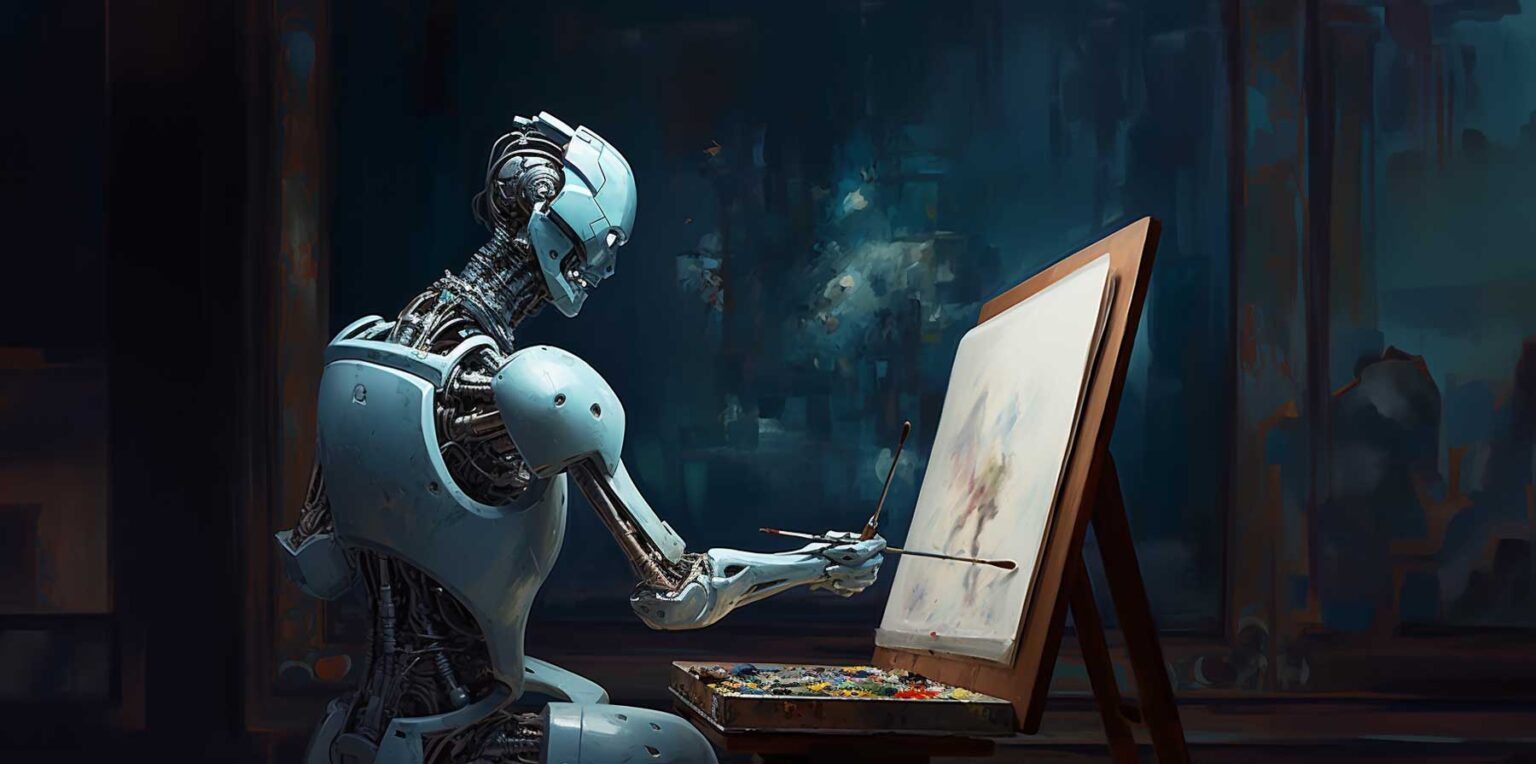Artificial Intelligence is conquering literally every field, and digital art is no exception. Be it simplifying workflows or allowing completely new ways to express creativity, AI is changing the game for artists. Whether you’re an established digital artist or just starting out, understanding the transformative role of AI in art creation is crucial for staying ahead of the curve.
Tools like the best free AI image generator offer a glimpse into this revolution, empowering creators to achieve incredible results with minimal effort.
The Impact of AI on Artistic Creativity
The role of AI is not to replace the artist, but to further enable them. DALL-E, Adobe Firefly, and more have empowered creatives to experiment with style and concept at a rate previously unimaginable. With these complex algorithms, designers and artists can create images, videos, and designs from simple text prompts or existing inputs.
For instance, artists can:
Explore new styles: AI can emulate classic art styles or come up with completely new ones, offering endless inspiration.
Save Time: AI saves time as the technology automates repetitive tasks like background removals and color corrections so that artists can focus more on ideation and telling the story.
Collaborating with Technology: Refine AI-generated outputs to add a personal touch, blending human creativity with machine efficiency.
Practical Applications of Artificial Intelligence in Digital Art
The applications of artificial intelligence in digital art don’t stop at experimentation. Let’s look at some practical usages:
1. Creating Concept Art
AI tools can create complex sketches and paintings within a few minutes, hence the ideal solutions for conceptualization. This also helps because such industries, such as the gaming or film industry, require urgency in most tasks.
2. Design Asset Creation with Variations
Artists can generate special textures, patterns, or 3D assets that could be manipulated with their various modifications to adapt to their specific projects.
3. Photo Enhancement
Advanced AI photo editors make such tasks as object removal or increasing the resolution of an image easier with just a few clicks. For example, Adobe Express offers several user-friendly AI features to make photo editing accessible to any user.
Ethical Considerations and Challenges
Though the benefits of AI are undeniable, its integration into digital art also raises ethical questions that need to be considered by an artist:
Ownership and Copyright: Who, between the artist and the AI developer, owns AI-generated art?
Loss of Originality: Others fear that dependence on AI will choke originality since the output of machines is usually derived from already existing data.
Erosion of Skills: The ease with which AI tools are used may discourage artists from acquiring traditional skills.
The emergence of these concerns calls for more transparency and responsible use of AI in creative fields.
How Artists Can Work with AI
If you are ready to make AI part of your workflow, here are some actionable tips:
Start Small: First, get familiar with what AI can do using free tools. Then integrate more and more advanced features as you get comfortable.
Focus on Collaboration: Use AI to augment, not replace, your skills. Example: create rough drafts with AI and refine them by hand.
Keep Yourself Updated: AI technology is constantly evolving, so it’s a good idea to stay updated by following the news in the industry and participating in forums or workshops.
Prioritize Ethics: Be aware of copyright issues and use AI responsibly.
Future of AI in Digital Art
No doubt, AI will be the future of digital art. As technology develops, so do our tools, and each time the line between human creativity and that of machines starts to get a little milder. For creators, this means the doors to innovation, invention, and pushing boundaries around what constitutes art are wide open.
In the end, AI is not just a tool; it’s a partner in creativity. By embracing its potential while addressing its challenges, artists can unlock new dimensions of artistic expression. Whether you’re generating concept art or enhancing photos, AI is here to transform the way you create.
